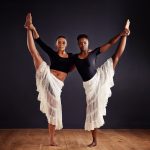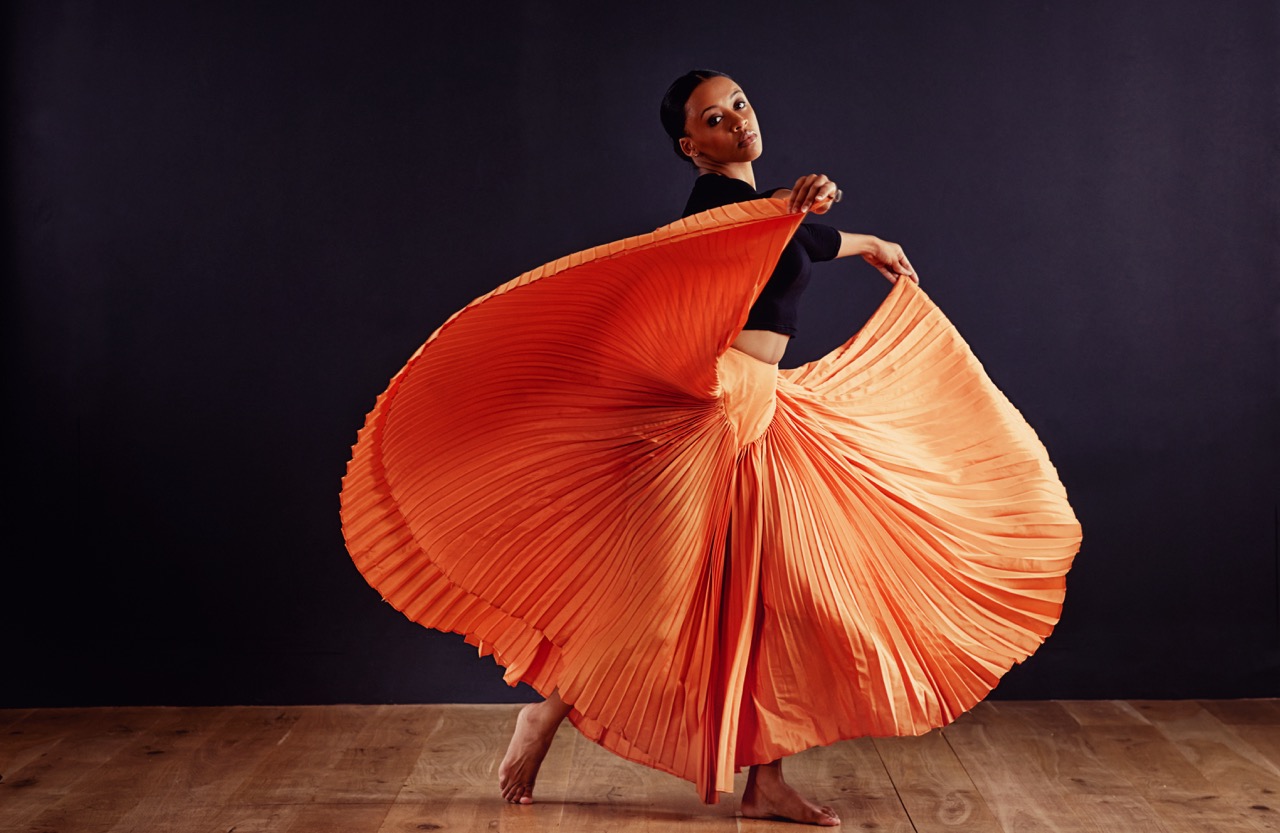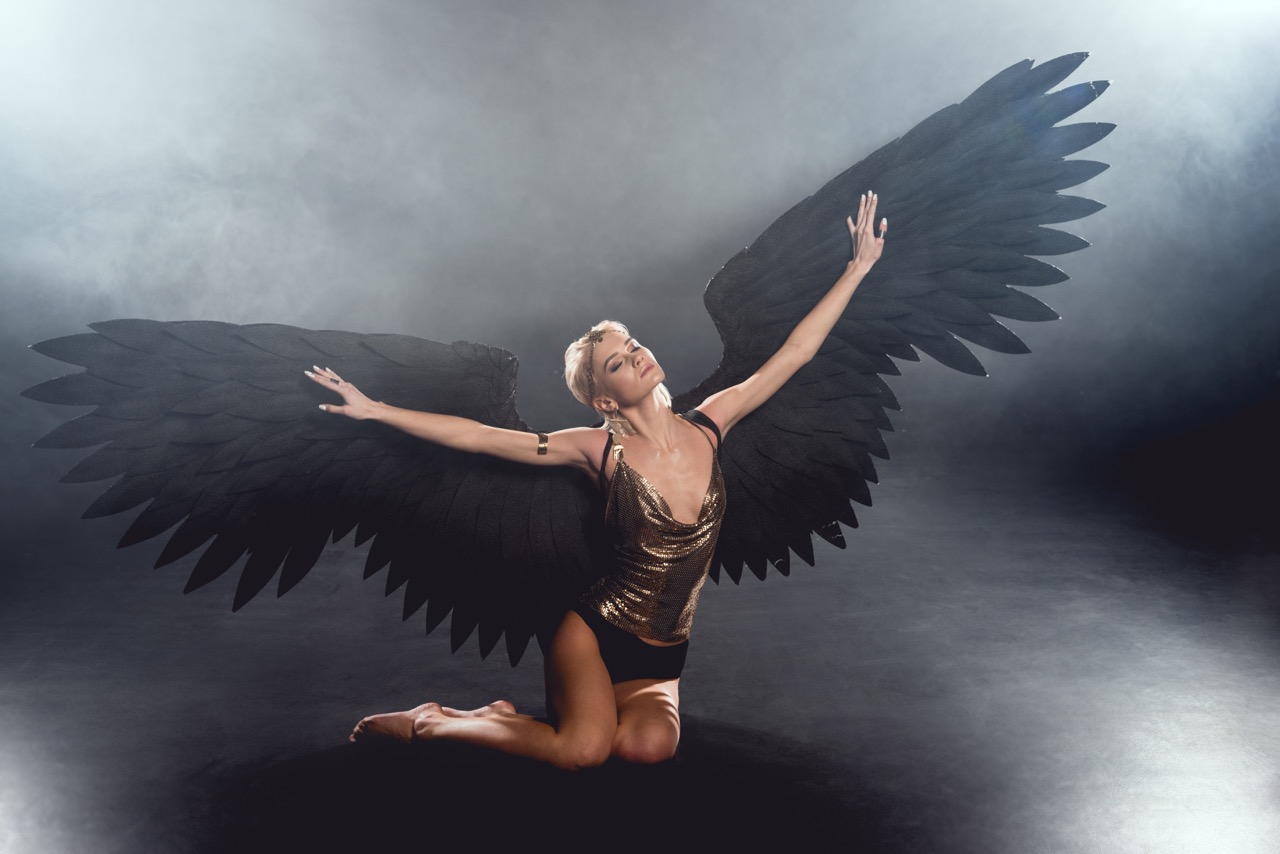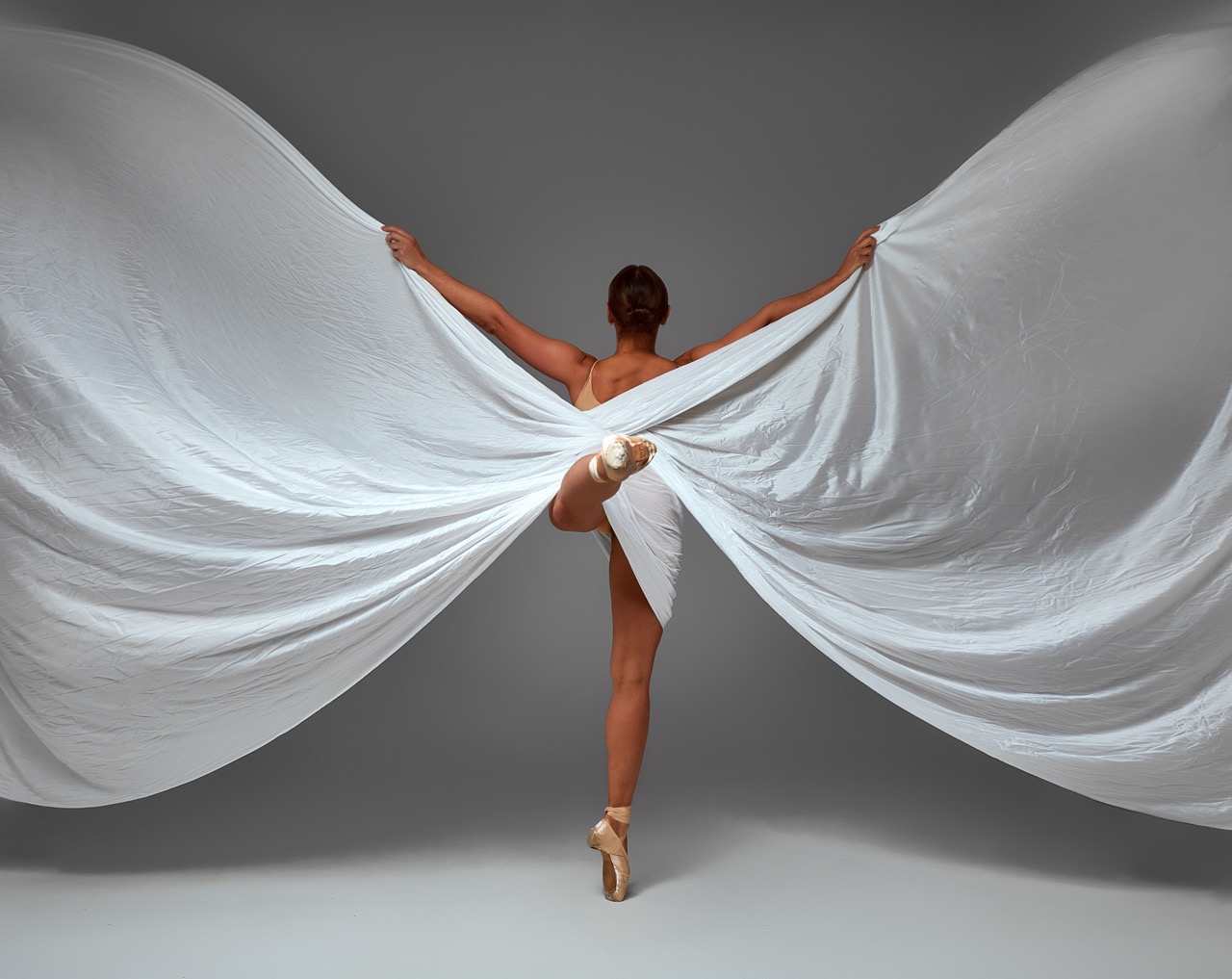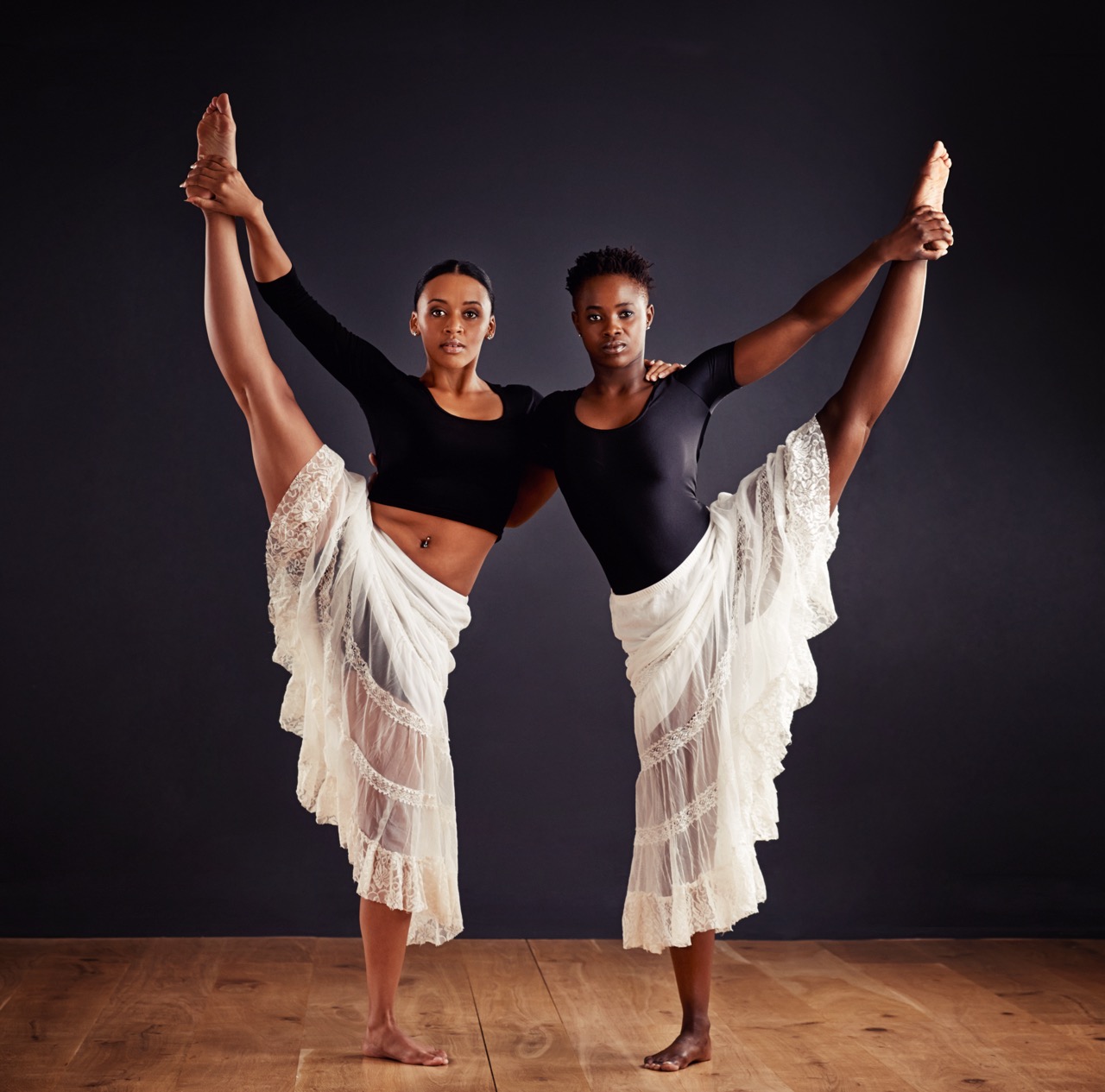Dance is an intrinsic part of human expression, transcending barriers of language, culture, and time. As a dynamic art form, it serves not only as a means of personal expression but also as a reflection of societal values and cultural shifts. From the elaborate waltzes of the 19th century to the spontaneous street performances of today, dance has continuously evolved, shaping and being shaped by the world around it. In this exploration, we will delve into how dance functions as a cultural mirror, its evolution from ballrooms to the streets, the impact of social media on dance trends, and its historical significance in popular culture.
The Rhythm of Society: Dance as a Cultural Mirror
Dance is often regarded as a reflection of the society in which it exists, mirroring its values, struggles, and transformations. Through various styles and forms, dance encapsulates the zeitgeist, allowing us to see the hopes and dreams of the people. For instance, the rise of hip-hop in the late 20th century was not merely an artistic movement; it was a response to the social and economic challenges faced by urban youth, giving them a voice through the rhythm of their bodies.
Moreover, traditional dances often preserve the history and heritage of a culture, serving as a vessel for storytelling. For example, the hula dance of Hawaii communicates ancestral narratives, connecting present generations with their lineage. This ability to encapsulate collective experiences makes dance a powerful tool for cultural preservation and identity, instilling pride in communities and fostering understanding among diverse groups.
In contemporary society, dance has taken on new meanings as it adapts to global influences. Dance styles such as salsa and tango, which originated in specific locales, have gained international appeal, facilitating cross-cultural exchanges. The blending of these dance forms not only reflects the interconnectedness of our world but also challenges traditional notions of cultural authenticity, allowing for a richer, more diverse artistic tapestry.
From Ballrooms to Street: Evolution of Dance Forms
The evolution of dance forms mirrors broader societal shifts and changes in artistic expression. In earlier centuries, dance was often an elitist activity confined to ballrooms, where social status dictated who could participate. The courtly dances of the Renaissance and Baroque eras exemplified a structured and formal approach, reinforcing social hierarchies. However, as society transitioned through the Industrial Revolution and into modernity, the democratization of dance began to take shape.
The emergence of jazz in the early 20th century marked a pivotal shift in dance culture, breaking away from the constraints of structured ballroom forms. With its roots in African American communities, jazz dance celebrated spontaneity and improvisation, aligning with the cultural movements of liberation and self-expression. This paradigm shift laid the groundwork for subsequent styles such as swing, rock ‘n’ roll, and eventually hip-hop, each reflecting the evolving social landscape and increasing accessibility of dance.
Today, the streets serve as a prime location for the evolution of dance, where anyone can participate regardless of background or skill level. Street dance forms like breakdancing and krumping have emerged from urban centers, celebrating individuality and communal expression. This transition from the ballroom to the streets has redefined dance as a universal language, accessible to all and continuously shaped by the lived experiences of diverse communities.
Viral Moves: Social Media’s Influence on Dance Trends
The digital age has revolutionized the way we consume and participate in dance, with social media platforms acting as catalysts for viral dance phenomena. TikTok, Instagram, and YouTube have become breeding grounds for dance challenges and trends, allowing choreographers and amateurs alike to share their moves with a global audience. This democratization of dance has led to the rapid proliferation of specific dance moves, often crossing cultural and geographical boundaries overnight.
As a result, dance trends can now emerge from anywhere, influenced by popular music, memes, or social movements. The "Renegade," for example, sparked a dance craze that traveled beyond its origins in a single TikTok post, highlighting how social media can elevate individual creativity to global fame. This instant visibility not only provides a platform for emerging dancers but also challenges traditional gatekeeping mechanisms within the dance community.
However, this phenomenon also raises questions about ownership and authenticity. When a dance goes viral, it often becomes detached from its cultural roots, leading to debates over appropriation and recognition. As dance continues to evolve within the digital landscape, it offers a unique intersection of creativity and commercialization, prompting us to reflect on the implications of sharing cultural expressions in a globalized, interconnected world.
Dancing Through Time: Historical Impact on Popular Culture
Throughout history, dance has played a significant role in shaping popular culture, acting as a vehicle for social change and reflection. From the Ragtime dances of the early 20th century that challenged societal norms to the Disco era that celebrated liberation and self-expression, dance has consistently intersected with major cultural movements. These moments in history illustrate how dance can articulate societal sentiments, providing a collective outlet for both celebration and protest.
The emergence of dance in film and television further solidified its influence on popular culture. Iconic dance scenes in movies like "Saturday Night Fever" and "Dirty Dancing" not only defined genres but also created cultural touchstones that resonate to this day. These portrayals of dance have made significant contributions to the popular imagination, inspiring countless individuals to take to the dance floor and embrace movement as a form of expression.
As we navigate the complexities of modern life, the historical impact of dance continues to inform our cultural landscape. It reminds us that dance is not merely an art form but a powerful means of communication and connection. By looking back at how dance has shaped popular culture, we can better understand its potential to influence future generations and foster a more inclusive, expressive society.
Dance is much more than an aesthetic or entertainment; it is a cultural artifact that encapsulates the spirit of the times. As we explore the dynamic relationship between dance and popular culture, we recognize that it is a medium through which we express our identities, values, and aspirations. From its evolution from formal ballrooms to vibrant street performances, the influence of social media, and its historical significance, dance continues to shape our cultural narrative. As we move forward, the rhythms of dance will undoubtedly evolve, leaving an indelible mark on the fabric of society for generations to come.



